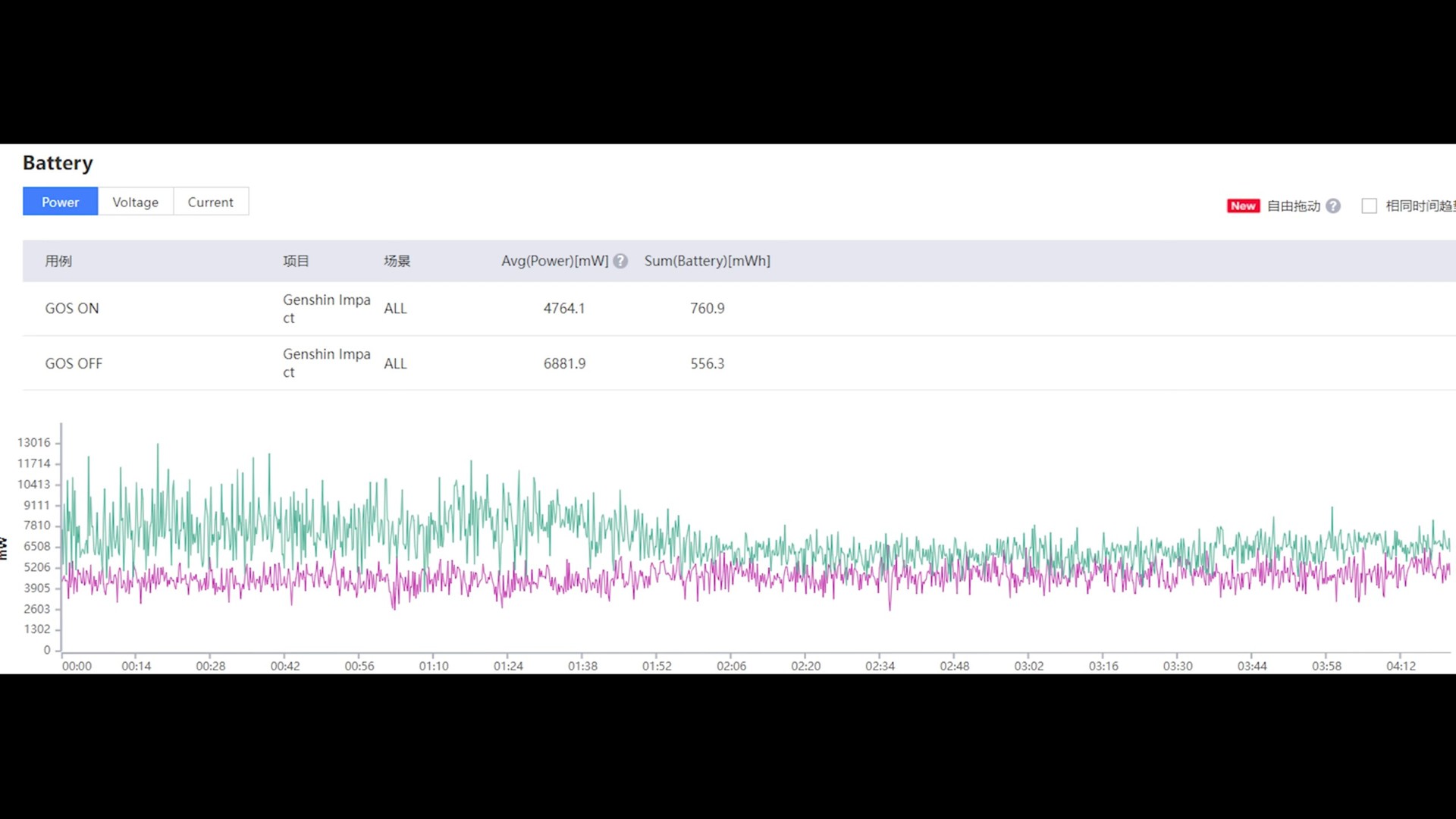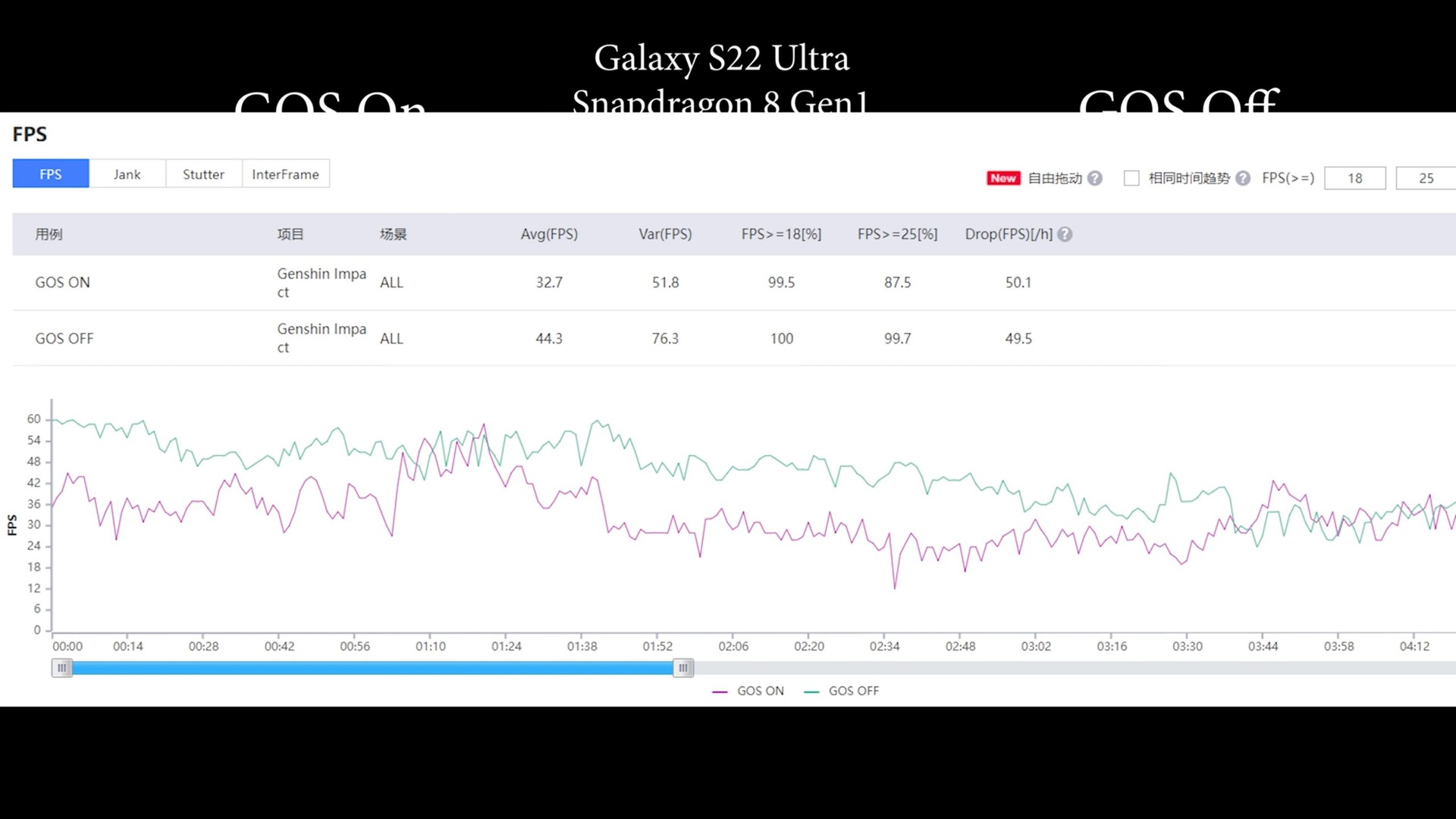Affiliate links on Android Authority may earn us a commission. Learn more.
There's a good reason why Samsung is throttling your apps and games
Published onMarch 20, 2022
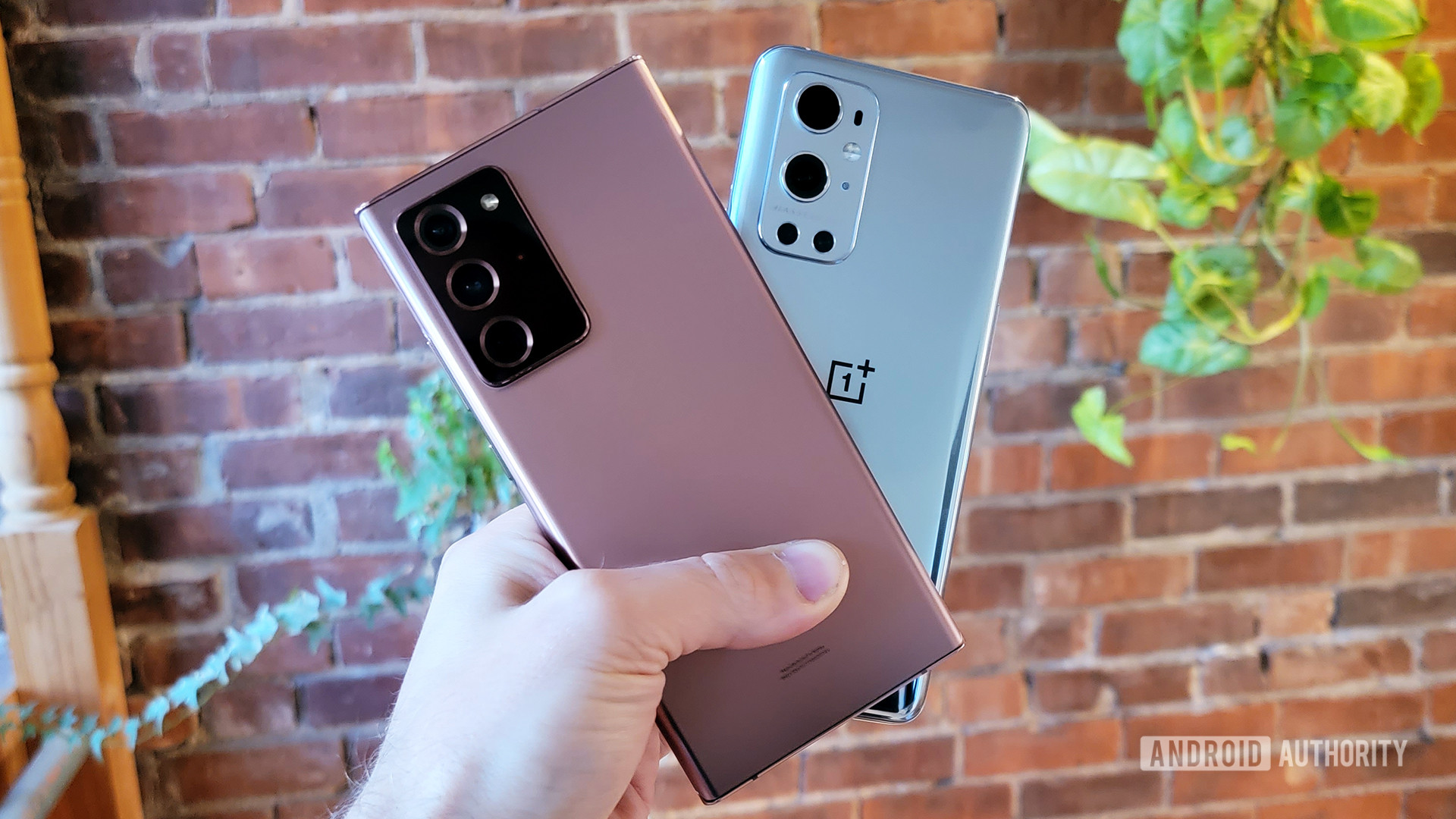
Samsung found itself in the midst of heated controversy last week when reports of alleged throttling began circulating on Korean technology forums. Dozens of users complained that Samsung’s Game Optimizing Service (GOS) limited performance within selected apps and games on their smartphones, some going back several generations. The company responded predictably, stating that the feature is intended to keep the CPU and GPU from overheating. This isn’t the first time we’ve seen phones artificially limit apps and games, OnePlus was caught out “optimizing” performance back in 2021.
It’s easy to see why so many Android enthusiasts are so outraged — you’re essentially paying for premium hardware performance that’s mostly inaccessible. In the case of a 3DMark benchmark, for example, the Galaxy S22 Ultra’s score supposedly drops nearly 50% with the optimization service force-enabled. While Samsung does deserve criticism for not disclosing this behavior, let’s try to understand why it went down this path in the first place.
More on throttling: Hey OnePlus, it was never about the crime, it was about the cover-up
Throttled versus unthrottled: Was Samsung right?
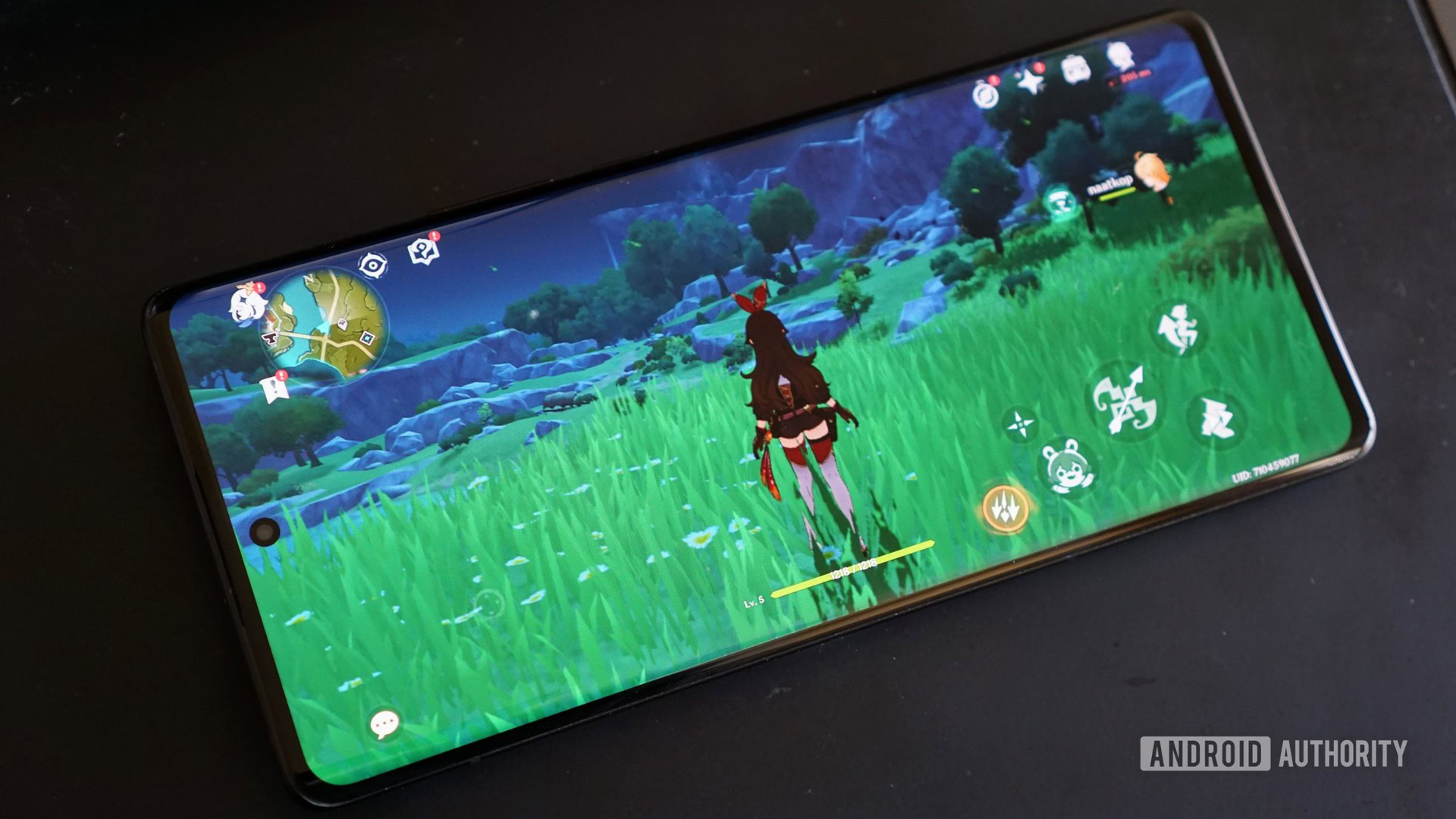
When dealing with a portable device like a smartphone or tablet, factors like power consumption, battery life, and heat are arguably much more important than raw performance. And in those regards, new testing shows that Samsung’s Game Optimizing Service might actually justify its namesake.
The above plot, courtesy of Golden Reviewer on YouTube, shows how much extra power an “unoptimized” app can pull from the S22 Ultra’s Snapdragon 8 Gen 1 SoC. With GOS turned off via an unofficial workaround, power draw routinely spikes beyond 10W within the first minute. That’s a lot for a mobile device, which historically aimed to peak in the region of 7W. Power consumption drops after a few minutes of heavy usage as the SoC begins to throttle.
With GOS off, everything appears to be working as it should — albeit at very high power that will drain more battery and warm the device up faster. While some users might want to draw the maximum power possible, it isn’t sustainable here, and thermal throttling kicks in. But what’s key to note is that the device continues to pull more power after thermal throttling versus the device with GOS left enabled. Furthermore, take a look at this framerate plot from the same run:
In the second graph, we observe that the unoptimized app eventually drops down to the same level of performance as an optimized one. In other words, you see nearly the same FPS after a few minutes of runtime — whether Samsung’s GOS exists or not. Simultaneously, however, power consumption stays noticeably elevated on the unthrottled device. In other words, you’re consuming a lot more power for only a short-term boost to performance.
Without GOS, power consumption increases significantly without any long-term performance benefits.
While a single test doesn’t give us a conclusive look at the big picture, the above graphs show that the S22 Ultra uses significantly more power to deliver the same end result in Genshin Impact — at least over the course of several minutes. If this is consistently the case, Samsung’s decision to artificially limit the performance ceiling was not only justifiable but also somewhat prudent. As a result of higher power consumption, the unthrottled device will consume far more battery and heat up more — potentially resulting in worse component lifetimes and faster battery degradation.
Can chip makers consistently deliver on yearly performance gains?
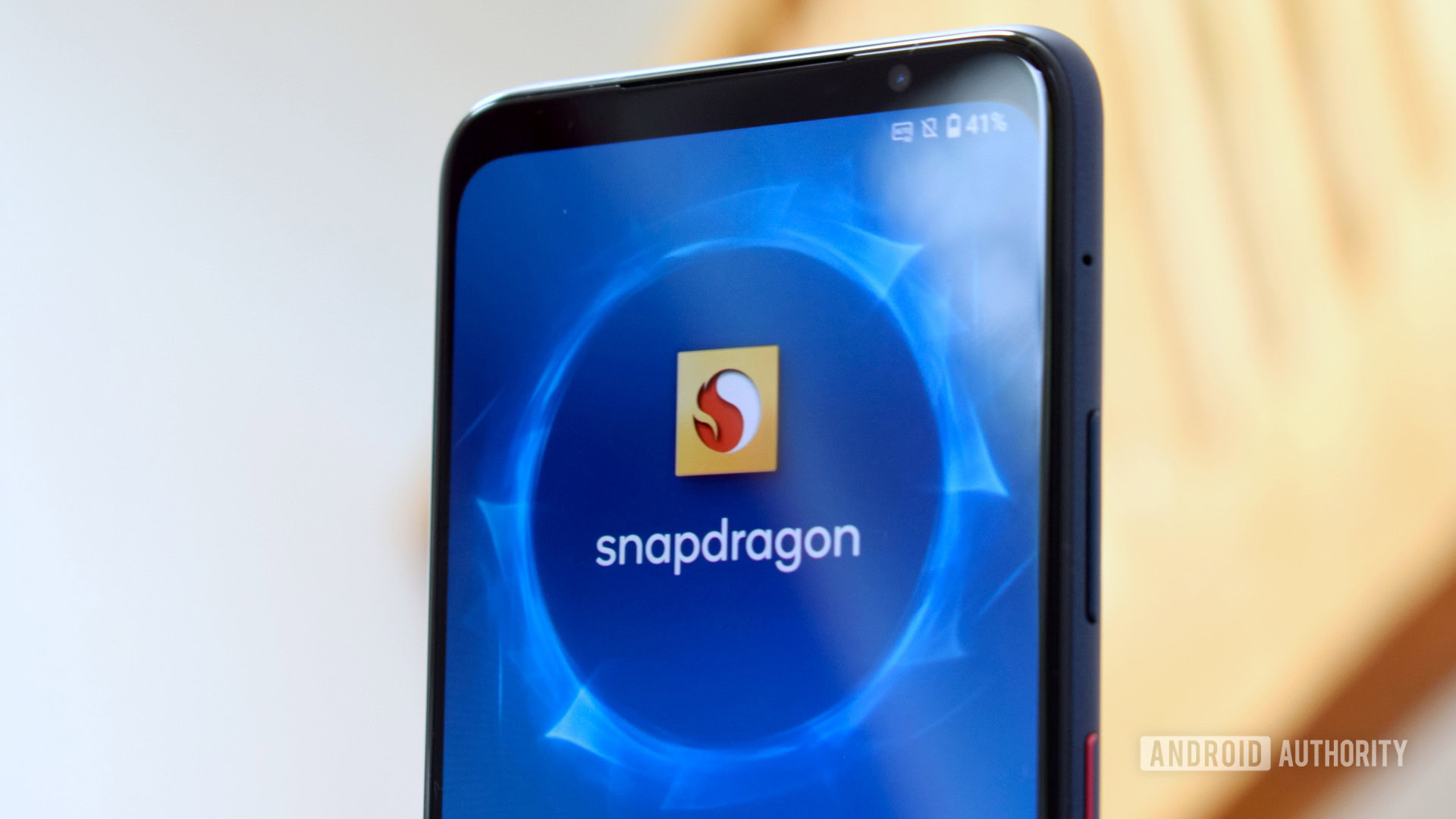
Even though Samsung’s performance limit seems somewhat justifiable, I’m not advocating that the company should continue its practice of silently throttling apps without user consent or knowledge. You own the hardware you pay for, after all. If you want to prioritize performance over battery life, that choice should be available. Having said that, the vast majority of users also never noticed Samsung or OnePlus’ throttling behavior during day-to-day usage. Meanwhile, the real-world battery and longevity benefits offered by GOS and similar ideas are not only tangible but appreciable to every class of user.
Perhaps there’s an argument to be made that Samsung (and possibly other device manufacturers) resorts to app-level throttling because of the ever-present expectation for increased performance year-over-year despite this goal no longer being achievable.
The majority of users never noticed Samsung or OnePlus’ throttling behavior during daily usage. But a battery drain or overheating problems would be instantly detected.
In our testing, the Snapdragon 8 Gen 1 only offers marginally better single-core performance over last year’s Snapdragon 888. Multi-core Geekbench scores, meanwhile, showed little generational uplift. Interestingly, AnandTech’s testing of Qualcomm’s latest chip reveals higher peak power usage in pursuit of these performance gains. Performance and efficiency improvements still exist, but peak CPU power draw is creeping up too, which will eventually result in thermal headroom issues.
Likewise, our biggest concern when testing the Snapdragon 8 Gen 1 and Exynos 2200 is their inability to sustain peak performance during benchmarking. A fact reflected in the tests referenced in this article too. While neither chip is a contender for one of the worst Android SoCs we’ve seen over the years, they’re not able to sustain the ground-breaking performance enthusiasts had expected. This may be in part due to the fact that Samsung’s 4nm process isn’t quite as energy-efficient as initially hoped.
All eyes are now on MediaTek’s flagship Dimensity 9000, the first SoC destined to be built on TSMC’s 4nm node. According to tests conducted on an early engineering sample, the Dimensity 9000 delivers equal or better CPU performance than the Snapdragon 8 Gen 1. More importantly, though, it consumed around 20% less power on average. In a smartphone where every watt counts, such a reduction directly translates to better thermals and less aggressive throttling. TSMC-made 4nm Qualcomm chips are rumored to be on the way for later this year, but we’ll have to wait and see if there’s a notable efficiency bump by moving to a different manufacturing process.
Maybe it’s time for us to shed the expectation of yearly performance leaps.
With an industry-wide focus on peak performance over everything else, it’s clear that manufacturers are starting to feel the heat — quite literally. Maybe it’s time for us to shed the expectation of yearly performance leaps and encourage chip makers to switch to a less frequent update cadence or more conservative generational improvements.
Until that happens, though, it looks like we’re caught between a rock and a hard place. We can either pay for a premium device with unsustainable peak performance or a cheaper, less feature-rich device that offers more consistent performance. Luckily, if you prefer the former, Samsung has already released a software update for Galaxy S22 models that offers more granular control over its Game Optimizing Service, including the ability to completely turn it off.
Up next: It’s time to ditch our fascination with the yearly upgrade cycle
